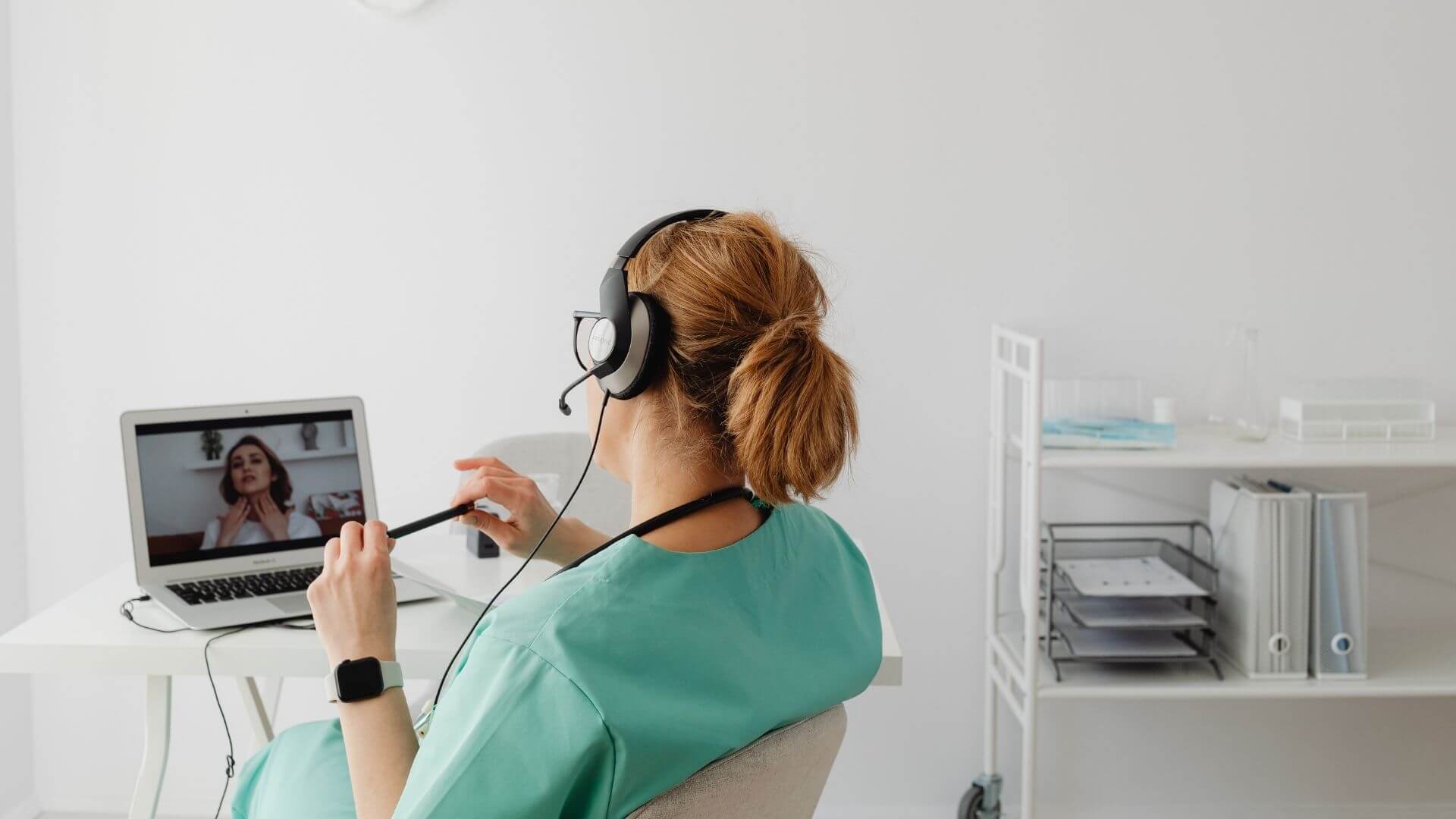What do you get when you put together communication technology and healthcare?
Answer: Telehealth
Telehealth is the use of different devices, like computers, phones, and tablets, to get medical care. It allows doctors, nurses, and patients to communicate through digital means. Telehealth has been growing in popularity since last year. This is mostly because the pandemic forced people to use more digital forms of communication—even in the healthcare sector.
To illustrate, virtual care visits in New York University’s Langone Health Center grew by more than 600% following the pandemic. But even after the pandemic ends, the American Telemedicine Association believes that telehealth services will remain necessary in improving and saving the lives of many Americans. Telehealth is vital for helping both healthcare workers and patients—and here’s why:
Telehealth allows consultations to be more accessible
Apps like Messenger and Zoom are making it possible for everyone to set up virtual calls with people across the globe. Similarly, telehealth apps serve as a video conferencing and messaging platform for healthcare professionals and patients. Through their gadgets, patients can book virtual appointments,
ask for prescription medicines, and share health information with their doctors. And this can all be done remotely, meaning patients in rural locations have better access to quality healthcare services.
Telehealth helps in monitoring patients
Telehealth also allows doctors and nurses to keep a close eye on their patients, even from a distance. With telehealth apps, patients can fill out forms about their physical state and send them to their healthcare providers. And some devices, like smartwatches, even let doctors monitor a patient's heart rate from miles away. Plus, healthcare professionals continue to improve telehealth services by adding all sorts of new features.
For example, Tata Consultancy Services found out that 86% of healthcare organizations are already using Artificial Intelligence (AI) for their services. Kenneth Stanley, a professor of Computer Science at the University of Central Florida, points out that AI is essential in this practice because it can automate services and provide quicker access to information. Because AI has become more accessible and user-friendly, healthcare professionals are using it to monitor remote patients.
Telehealth assists in healthcare education
Telehealth is also essential for future healthcare workers, because the Internet makes it possible for them to learn from anywhere in the world. Through telehealth services, medical trainees get to observe and participate in real hospital cases without leaving their homes. These online platforms allow our future healthcare workers to learn from hospital scenarios without getting exposed to dangerous diseases.
This is also why more educational institutions have made it possible for general studies degrees in healthcare to be completed 100% in a virtual environment. The remote learning setup allows aspiring healthcare professionals to acquire essential medical skills through safe and accessible means. Through these online classes, students learn crucial concepts in ethics, medical terminology, informatics, and public health. This is so they have the necessary knowledge once they start working on hospital cases and telehealth-related services.
Telehealth makes it easier to collect and access medical records
The use of telehealth in the medical sector has made it very easy for professionals and patients to access health records. Printed reports and paper forms are a thing of the past. Now, patients can access online portals and communication apps to save and forward important health data. This way, their healthcare providers can easily access the information through their own device and send back their health recommendations.
With telehealth services, both healthcare workers and patients can access important data whenever and wherever they want. Digital technology has improved healthcare services by providing accessibility, convenience, as well as safety. With telehealth, healthcare providers, patients, and even aspiring healthcare workers can easily retrieve and send information—all through an online platform.
